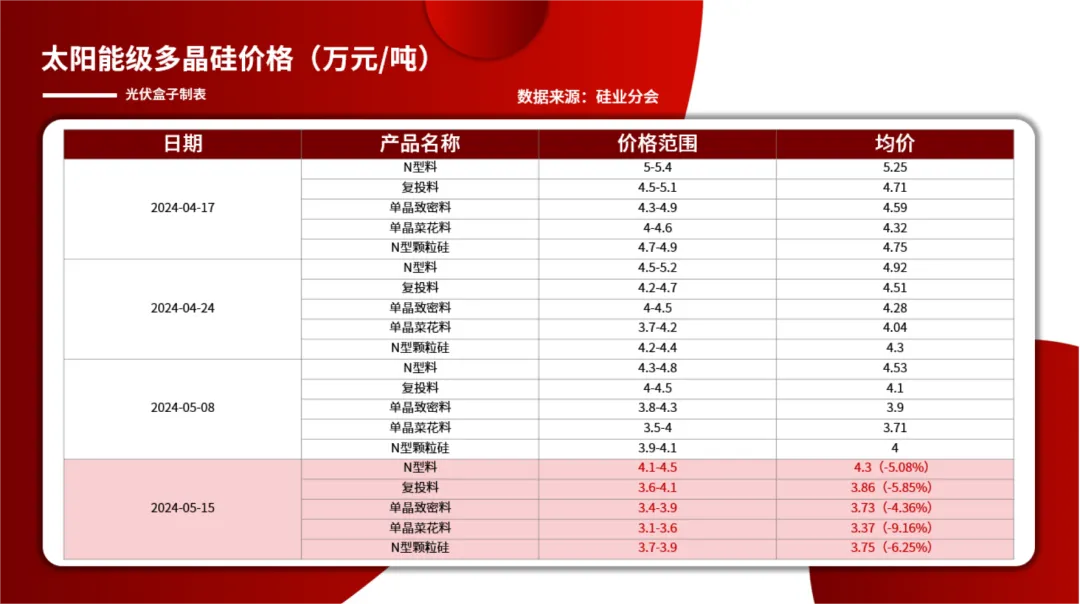Estimating the Energy Production of Solar Panels in Kilowatt Hours Per Day
Understanding Solar Panel kWh Output A Key to Sustainable Energy
As the world grapples with the pressing challenges of climate change and the need for sustainable energy sources, solar power has emerged as a vital player in the quest for renewable energy solutions. At the heart of assessing the efficiency and effectiveness of solar energy systems is the concept of kWh output, or kilowatt-hour output. This metric not only quantifies the energy produced by solar panels but also helps consumers, businesses, and policymakers gauge the viability of solar energy as a sustainable alternative.
The Basics of Solar Panel Output
Solar panels are designed to convert sunlight into electricity through photovoltaic (PV) cells. The output of a solar panel is typically measured in watts, and when we scale it up to measure energy production over time, we refer to it in kilowatt-hours (kWh). One kWh represents the amount of energy produced when a 1 kW (1,000 watts) solar panel operates for one hour under ideal conditions.
Several factors influence the kWh output of solar panels, including the panel’s efficiency, the amount of sunlight it receives (solar irradiance), the angle and orientation of installation, shading from nearby structures and trees, and temperature. Generally, a solar panel's efficiency ranges from 15% to over 22%, with higher efficiency panels converting more sunlight into usable electricity.
Importance of kWh Output
Measuring kWh output is crucial for various reasons. For homeowners considering solar installations, understanding potential energy output helps them estimate savings on their electricity bills and calculates payback periods for their investment. For instance, a typical residential solar panel system (around 5 kW capacity) can produce anywhere between 4,000 to 7,000 kWh annually, depending on geographic location and local weather patterns. This data enables homeowners to make informed financial decisions and understand the long-term benefits of solar energy.
solar panel kwh output

On a larger scale, governments and energy planners use kWh output data to evaluate solar energy’s contribution to a region’s energy grid. By integrating solar energy into the broader energy mix, communities can enhance energy security, reduce reliance on fossil fuels, and decrease greenhouse gas emissions. Governments often incentivize solar installations through tax credits and rebates, promoting a transition to renewable energy sources. The kWh output serves as a foundational metric for assessing the effectiveness of these incentives.
Optimizing Solar Panel kWh Output
To maximize kWh output, it’s essential to focus on several optimization strategies. First, ensuring that solar panels are installed at the correct angle and orientation can significantly improve performance. South-facing panels typically receive the most sunlight in the northern hemisphere, making them ideal for maximizing output.
Regular maintenance is also critical. Dust or debris accumulating on the panels can reduce their efficiency. A simple cleaning routine can enhance the solar panels' ability to absorb sunlight and convert it into electricity.
Investing in advanced solar technology can further boost kWh output. By opting for high-efficiency panels, inverter systems that optimize energy conversion, and energy storage solutions, users can maximize their energy production and consumption.
Conclusion
As the world moves towards a more sustainable energy future, understanding solar panel kWh output becomes increasingly important. This metric not only assists individual consumers in making informed decisions about solar investments but also supports broader efforts in energy planning and environmental conservation. By recognizing the factors that affect output and seeking to optimize performance, we can contribute to a cleaner, greener planet powered by renewable energy sources. Through the adoption of solar power, we are taking a crucial step toward sustainable living and energy independence.
-
String Solar Inverter: The High-Efficiency Solution for Smart Solar EnergyNewsJul.14,2025
-
Revolutionizing Rooftop Energy with the Power of the Micro Solar InverterNewsJul.14,2025
-
Power Independence with Smart Off Grid Solar Inverter SolutionsNewsJul.14,2025
-
On Grid Solar Inverter: Powering the Future with Smart Grid IntegrationNewsJul.14,2025
-
Monocrystalline Solar Panels: High-Efficiency Power for the Future of Clean EnergyNewsJul.14,2025
-
Bifacial Solar Panel: A Smarter Investment for Next-Generation Energy SystemsNewsJul.14,2025







